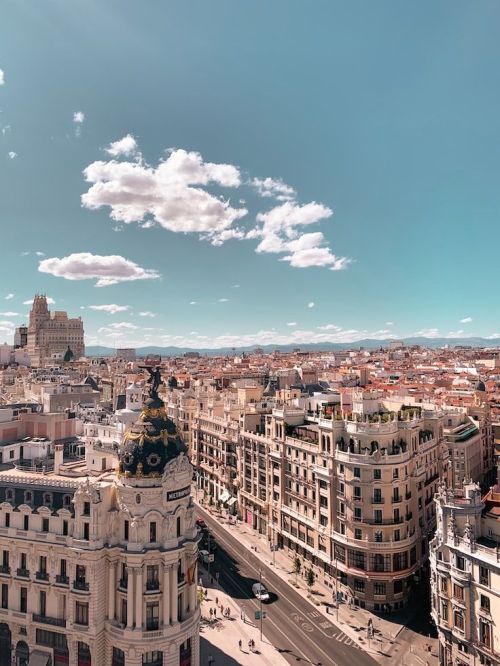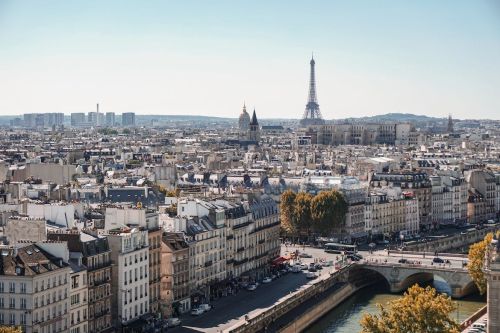Bratislava is the capital and largest city in Slovakia. Although it is one of the youngest capitals in the world, the city's history dates back to antiquity. Traces of history are visible at every step, and the archives contain valuable documents confirming its medieval splendor. Often called the vestibule of Vienna, it unfairly remains in its shadow. The Danubian metropolis is a modern city, the political, economic, cultural, and scientific center of Slovakia.
The city's area is 367.5 square kilometers and the population is over 430.000.
It stretches on two banks of the Danube, at the mouth of the Morava River, and on the hills of the Little Carpathians. It also covers the southern part of the Zahora Plain and the western part of the Danubian Plain.
It borders with Hungary in the south and with Austria in the west. It is located approximately 60 km from Vienna and approximately 195 km from Budapest.
After them came the Romans, Germanic, and Slavic tribes, but only in 907 a real settlement called Brezalauspruch was established here.
Then King Stephen I of Hungary, also known as the Hungarian (the first Hungarian ruler crowned king), brought German settlers there and started building a defensive castle.
It became a royal city, surrounded by the king's patronage and protectorate. This resulted in the rapid development of the city, which took on various names: Preslava, Preszburg, Posonium, Pozsony, and Presporok.
The defensive castle was rebuilt and expanded and served as a royal residence.
It was the first university founded in what is now Slovakia.
For 300 years, the Gothic St. Martin's Cathedral hosted the coronations of Hungarian kings of the Habsburg dynasty and convened assemblies there. The Hungarian parliament was housed there until 1848.
The castle was then expanded, the first theater was founded and the first magazine was published. Numerous concerts and theater performances took place there, i.e. Mozart and Haydn, who conducted the court orchestra, gave concerts at the royal court.
At the end of the century, the city experienced an economic and cultural revival. Many Art nouveau and eclectic buildings were built, some of which survive to this day in the city center. A suburban railway was also built between Bratislava (Prešburg) and Vienna. Independence tendencies began to revive in Bratislava, and many national activists came from there, whose achievements included, among others, codification of the Slovak language.
The communist period saw the destruction of many valuable baroque buildings in the city. The historic Jewish district, located at the foot of the castle, was also destroyed.
It became the center of central, parliamentary, and scientific authorities. It is the center of cultural and social life.
At the end of 1918, there was a proposal to name the city Wilson or Vilsonovo in honor of the President of the United States Woodrow Wilson, but the idea was rejected.












